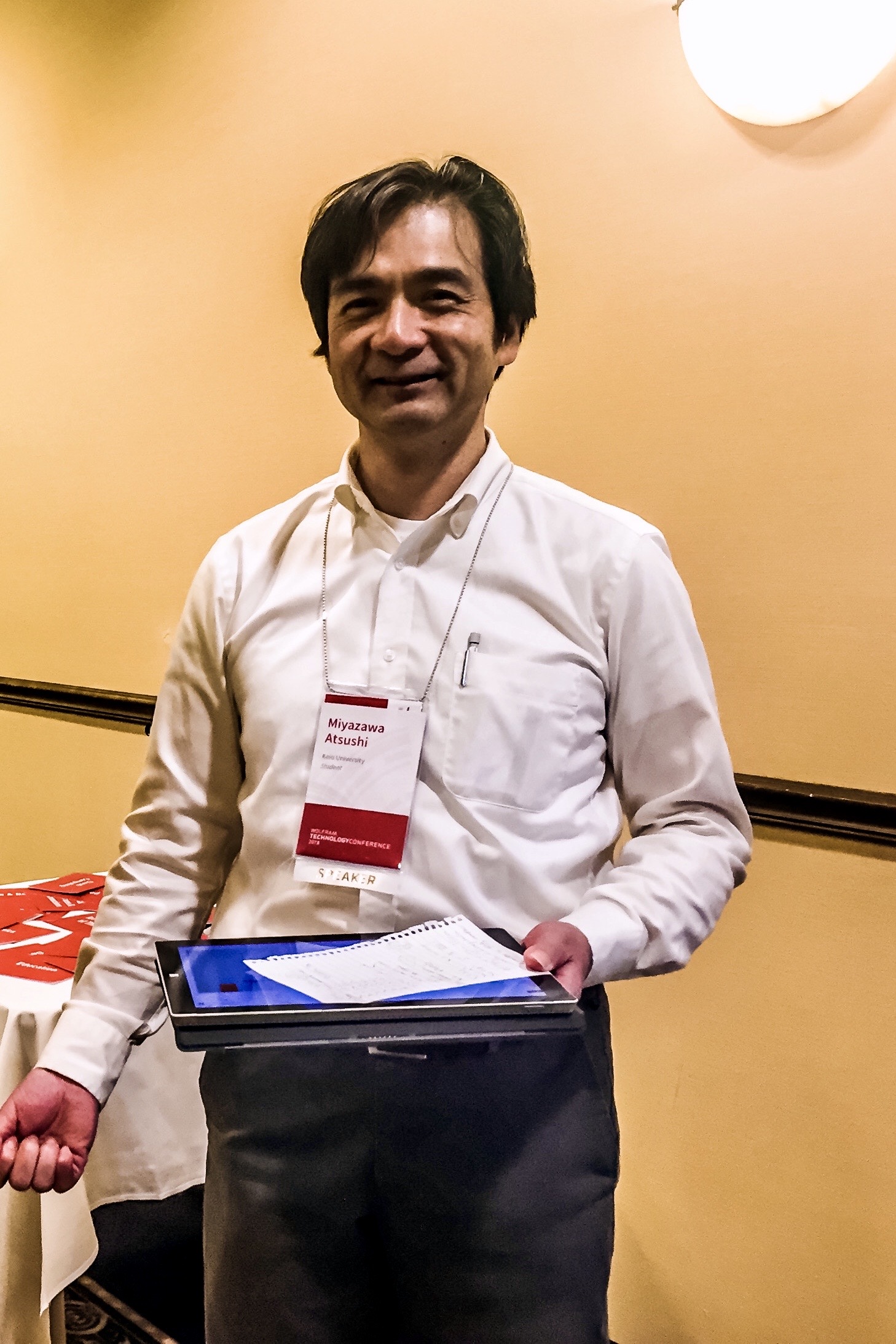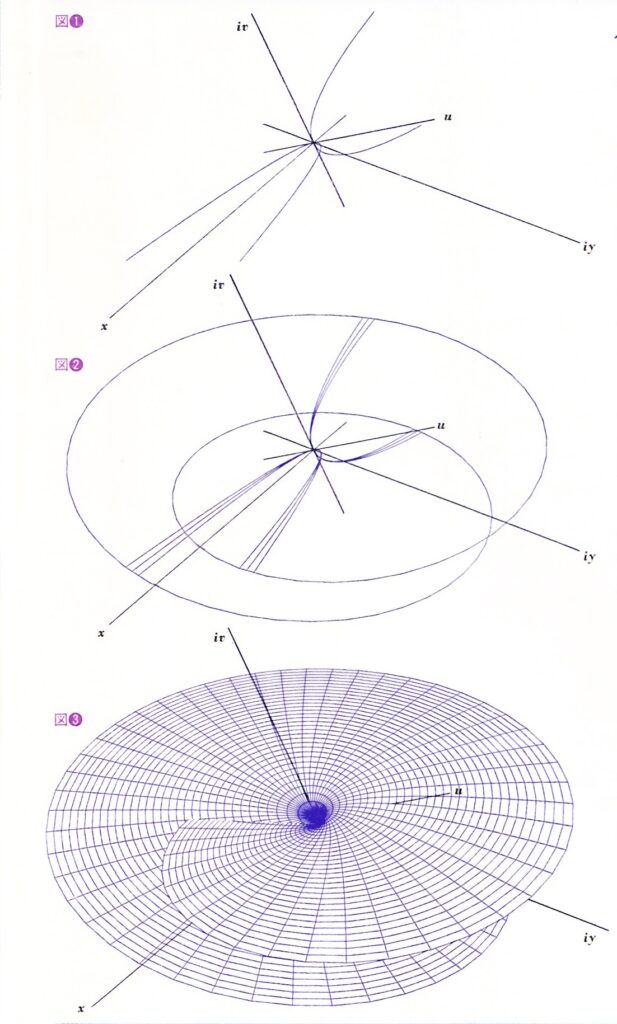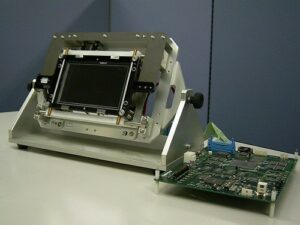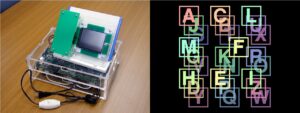Atsushi MIYAZAWA
as of August 2020
 |
Affiliation | Graduate School of Science and Technology ―Doctor course 3rd year |
|---|---|---|
| Team | Applied Visualization | |
| Research theme | Figurative approach to mathematical visualization | |
| miyazawa |
||
| Website | – |
Self-introduction
During and after I was an undergraduate, I’ve always had a fixated interest in how I can add new dimensions to both the media and their content. The hidden-line removal algorithm, which Dr. Yoshio Ohno, a professor emeritus of our university, originally studied and developed, served as a trigger for me to visualize several complex functions and their Riemann surfaces. Since they were generated directly by mathematical formulas or computer algorithms, the achievement was probably a world first. The editorial board for Journal “Mathematical Seminar” decided to publish our liberally illustrated article together with a cover story (you can download it here).

Then, in the research and development department of Namco Ltd. (now Bandai Namco Entertainment), we produced a commercially viable version of a multi-view autostereoscopic display system that uses a lenticular array and a super-high-resolution color LCD panel, for the first time in the world. We verified the effectiveness of our 3D display in terms of both the hardware and the software, taking account of the final 3D image content design.


Now we’re proposing an immersive virtual learning environment that allows the user to set environmental limits beyond the Euclidean 3-space while providing good user experience. We hope that it will spread widely to society as a learning environment for adults as well as students in the future.
Education
| Sept. 2016 – present | Ph.D. in Information and Computer Science, Graduate School of Science and Technology, Keio University |
| Apr. 1978 – Mar. 1983 | B.E. in Information and Computer Science, Keio University |
Publications
Journals
- Atsushi Miyazawa, Masanori Nakayama, Issei Fujishiro: “An immersive virtual environment for visualization of complex and/or infinitely distant territory,” Transactions on Computational Science XXXVI: Special Issue on Cyberworlds and Cybersecurity, Vol. 12060, No. XX, pp. 64―78, March 10, 2020 [doi: 10.1007/978-3-662-61364-1].
Conferences
- Atsushi Miyazawa, Masanori Nakayama, Issei Fujishiro: “User experience design in virtual learning environment for complex projective geometry,” in Proceedings of the 6th IIEEJ International Workshop on Image Electronics and Visual Computing (IEVC2019), Kuta Bali, Indonesia, August 21―24, 2019.
- Atsushi Miyazawa, Masanori Nakayama, Issei Fujishiro: “A figurative and non-topological approach to mathematical visualization,” in 2018 International Conference on Cyberworlds (CW), S55, pp. 150―155, Singapore, Singapore, October 3―5, 2018 [doi: 10.1109/CW.2018.00036].
- Atsushi Miyazawa, Masanori Nakayama, Issei Fujishiro: “What does the Riemann sphere’s axis stand for?: Understanding the big picture of how mathematical functions behave,” in SIGGRAPH Asia 2017 Symposium on Education, Article No. 5, pp. 1―3, Bangkok, Thailand, November 27―30, 2017 [doi: 10.1145/3134368.3139212].
- Atsushi Miyazawa, Masanori Nakayama, Issei Fujishiro: “Immersive math environment continuable to cross-sectional complex projective 2-space,” in Proceedings of the 11th Asian forum on Graphic science 2017, F40, pp. 1―8, Tokyo, Japan, August 6―10, 2017.
Presentations
- Atsushi Miyazawa, Masanori Nakayama, Issei Fujishiro: “Figurative and non-transcendental approach to mathematical visualization (FANTA to Math Vis),” Wolfram Technology Conference 2018, Champaign, Illinois, USA, October 16―19, 2018.